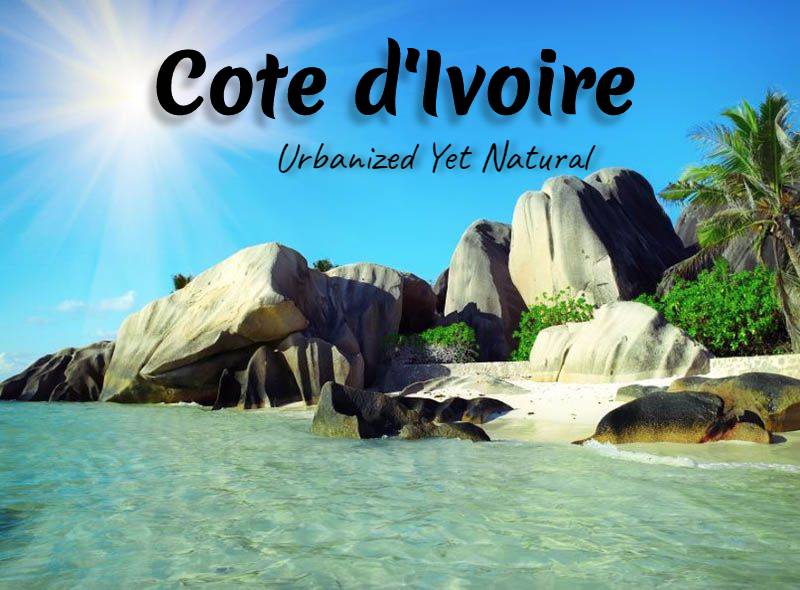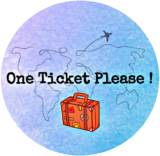
Cote d'Ivoire
Urbanized Yet Natural
Did You Know?
- The land was once called the ‘teeth coast’ due to the trade in ivory.
It is the largest exporter of Cocoa in the world.
- Capital: Yamoussoukro (de jure); Abidjan (de facto)
- Independence: 7 August 1960( From France)
- Currency: West African CFA franc(1000 XOF~ 1.81USD ~13.17INR)
- Language: French
- Religion:Islam(Majority-42.9%), Catholic( 2nd Major-17.2%)
Overture
Cote d’Ivoire, popularly known as Ivory Coast, is situated on the south coast of West Africa. Formally, Ivory Coast is known as the Republic of Cote d’Ivoire which is apparently home to several states. In addition, Cote d’Ivoire shares its border with Guinea and Mali in the northwest, Ghana in the east, and has the Gulf of Guinea to the south. Firstly, it is one of the important economic centers in Africa. Moreover, Cote d’Ivoire is the world’s largest cocoa producer and one of the biggest U.S. trading partners in Africa. Secondly, the tropical rainforests here have lavish animal life to explore. Finally, the culture and cuisine of the Ivory Coast are diversified and flavorful respectively.
Lucky Dip:
A lot of people fail to notice that Cote d’Ivoire is also an amusing and refreshing travel destination. There are warm sunny beaches, bountiful wildlife in the tropical rainforests, and the alluring views from the beach resorts pack a punch to the journey. Above all, the French heritage and the traditional Senufo culture add more to your experience.
In the conclusion of this, Cote d’Ivoire has a rise in tourist visits in recent years. However, Ivory Coast boasts that the Basilica of Our Lady of Peace, Yamoussoukro is the largest in the World; even larger than the St. Peter’s Basilica!
Culture & Heritage:
Since Ivory Coast is diversified in terms of religion and culture(around 60 indigenous groups), we can narrow down the cultural heritage to five major ethnic groups. Due to this vastness, Cote d’Ivoire is crowned and colorful. However, people celebrate festivals in sync and delight. The Fêtes des Masques, (Festival of Masks) is the biggest and most outstanding festival. It is celebrated in December where people compete in dance and thank the forest spirits. The seven days carnival in Bouake is another well known Ivory Coast festival.
Cuisine:
The food at Ivory Coast is inspired mostly by West African cuisine as well as French cuisine. However, the traditional Ivorian cuisine is colorful, vibrant, loaded with spices, and definitely has extra chili!
The staples of grains and tubers are eaten with cassava significantly. The dining for tourists is fine and you will love the food here. You can enjoy the seafood served with the tangy sauces. The unique and intense sauces are really popular in Ivory Coast. The Aloko, deep-fried banana spiced with onions and chili is the best dish served here. Moreover, people love to eat chicken; they either braise it or stake it and cook over a wooded fire.
Skyscrapers of Abidjan:
The Economical capital of Cote d’Ivoire exaggerates some of the tallest buildings in the region. The La Cite Administrative Tour D is the highest in Abidjan with 30 floors and is approximately 120 meters high. In addition, Tour Postel 2001 and Immeuble CAISTAB follow in the list of skyscrapers. The city has a history of dynamic and illustrative architecture. These skyscrapers are really iconic buildings that show much of the Ivory Coast’s progress and they modernize the city of Abidjan.
